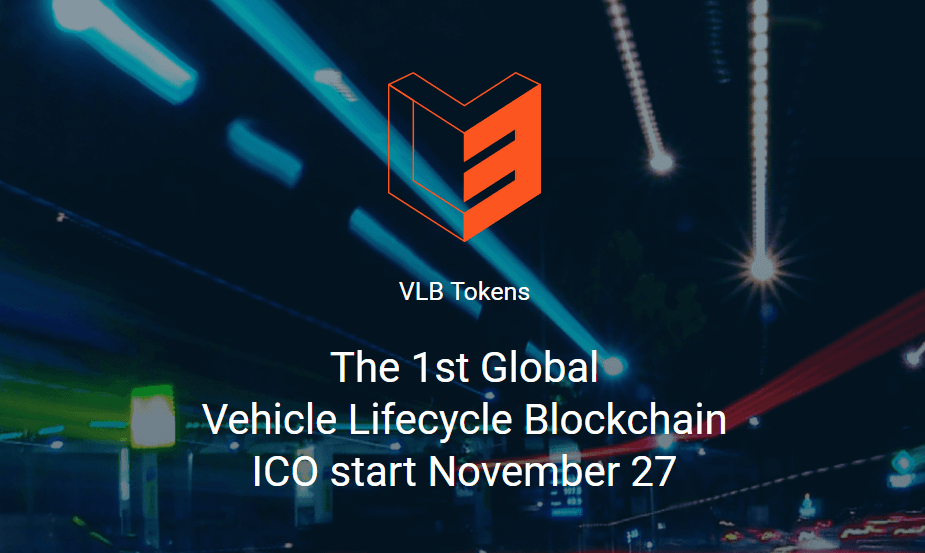One in three american drivers can’t afford to repair their car. Manufacturers waste billions on warranties and recalls. Vehicle Lifecycle Blockchain will help improve this scenario.
Disclosure: This is a Sponsored Article
A survey carried out by AAA indicates that one in three Americans would not be able to pay for unexpected car repairs without falling into debt. They estimate that common repair costs between US$ 500-600. As an example the cost of changing a new timing belt would set a driver off $ 400-900, while simple break repairs would be in the region of $ 500. Add to the high costs the stories of excessive charging by repair shops or unnecessary repairs carried out by service centres that are not required. Repair shop customers are often also worried about the quality of spares that are replaced. Owning a car means dealing with a web of different industries including banks, insurance companies, service centres and car manufacturers. All of which seem to exist in a disconnected eco system, which often leads to the customer having to bear the brunt.
What the automotive sector needs is clarity, transparency and a system that binds it together. Blockchain technology has been deployed in many sectors like finance, insurance and even medicine to improve outcomes. However, the automotive industry has still not benefitted from this technology. CarFix, the issuer of VLB tokens, is aiming to change that with their Vehicle Lifecycle Blockchain.
Why automotive sector needs verifiability
Did you know that car manufacturers waste 30% of warranty costs due to inadequate repair shop operations and fraud? Then there are problems in car insurance sector, where 23% of the total operating costs result only from claim management issues. The car insurers are still using arcane methods while processing claims. Most of the times these high costs are the result of the left hand not knowing what the right is doing. CarFix is planning to deploy an integrated vehicle lifestyle system based on their Vehicle Lifecycle Blockchain. This will ensure that the interactions between various players in the automotive sector are streamlined and increased economies, savings and new business opportunities emerge as a result.
CarFix have gained experience on the ground
As a project, CarFix has not just got the concept clear, it has also put it into practice on the ground. Since the founding of CarFix in May 2016, it has onboarded 500 repair shops and 250,000 customers, 10 distributers and earned the trust of major clients like Uber and Fleetcor as well as a car manufacturer. They have also raised over $6 million from Tier 1 venture investors. The next step for them is to bring every aspect of the automotive ecosystem together and make it work using Vehicle Lifecycle Blockchain. VLB tokens would play a crucial part in this and be at the centre of this ecosystem. Initially CarFix would play the role of moderator but as soon as the blockchain reaches ‘critical mass’, CarFix would remove itself from this role and let the industry participants who meet the requirements take over the role of the validation nodes. Ultimately the blockchain will be able to expand globally independently of CarFix with various vehicle manufacturers and OEMs taking over as super nodes.
VLB ICO will help propel the project
An ICO is being held in which VLB tokens would be put on sale, starting November 27, 2017 and ending December 17, 2017. A hard cap of 300,000 ETH is in place for the ICO. During the ICO 200 million VLB tokens would be sold. Investors who participate early can receive bonus VLB tokens. Any tokens that are not sold during the ICO will be liquidated. The Vehicle Lifecycle Blockchain will be developed from the funds gathered from the ICO. The blockchain would be based on Ethereum with VLB token at the core of its economic operations. A whitepaper has been issued that describes the working of the project. What sets VLB apart from other ICOs is that there is a great deal of infrastructure, agreements and investment already in place. The operational model has been tested on the ground and the result would have a significant impact on the entire automotive sector. Investors can find more information about the ICO and VLB by visiting the website.

